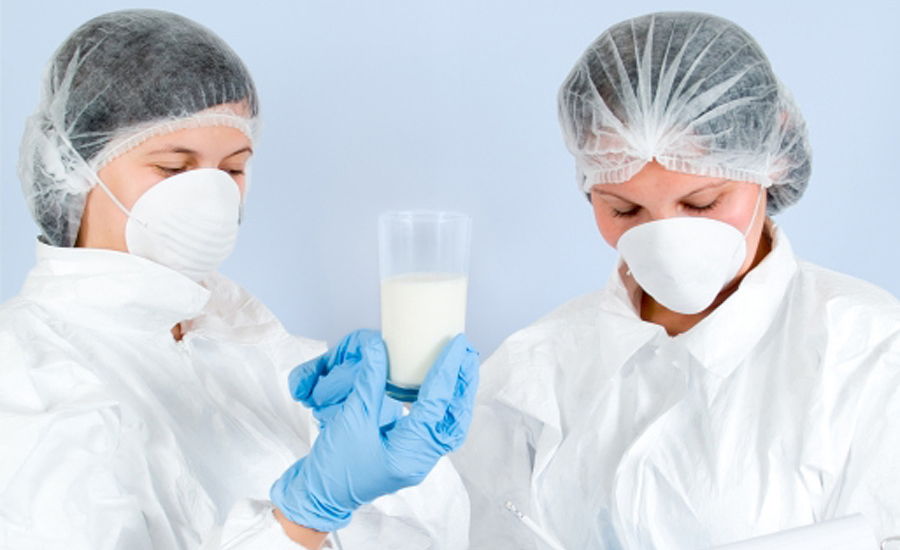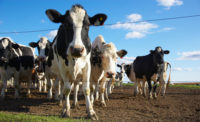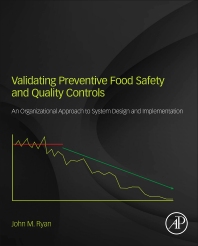Study on milk truck microbes aims to improve dairy food safety
Microbes with the potential to cause disease are destroyed during milk pasteurization, but not all bacteria and its associated enzymes are eliminated by that process.

Fresh, or raw, milk transported from farms to dairy processing facilities in tanker trucks contains a diverse mix of microbes, which varies from season to season, according to researchers from the University of California, Davis, Davis, Calif.
The study, “The Core and Seasonal Microbiota of Raw Bovine Milk in Tanker Trucks and the Impact of Transfer to a Milk Processing Facility,” shows that microbes with the potential to cause disease are destroyed during milk pasteurization, but not all bacteria and its associated enzymes are eliminated by that process. That means the remaining bacteria retains the ability to cause spoilage and quality defects in dairy foods.
Despite the diversity, a core community of microbes remains constant through the seasons and across the various farms from which the milk is collected, the researchers found. Surprisingly, this core microbiota is quite vulnerable to change when the raw milk is transferred to large storage silos at the dairy processing plant.
“The level of bacterial diversity that we discovered in these shipments of raw milk was amazing,” says Maria Marco, lead author and microbiologist of the Department of Food Science and Technology. “More than half of the bacterial groups identified represented less than 1% of the total microbial content.”
Identification of these raw milk microbes and its abundance should help dairy processors develop new, effective sanitation procedures and process controls to ensure that the milk and resulting dairy foods are safe and of high quality.
The broad mix of bacteria could be due to raw milk’s high nutrient content as well as the many potential sources of bacteria associated with dairies, says Marco. The cows’ skin, feed, bedding and aerosols; human handlers; and the equipment and containers used to collect, store and transport milk are all likely bacterial sources.
Raw milk is known to harbor diverse strains of bacteria that strongly influence shelf life, sensory qualities and safety of fluid milk as well as that of fermented dairy products like cheese and yogurt.
Analyzing milk tankers
The researchers sampled and analyzed raw cow’s milk from 899 tanker trucks as they arrived at two dairy processors in California’s San Joaquin Valley during spring, summer and fall. The samples were analyzed using gene sequencing.
The study revealed that milk collected in the spring contained the most diverse bacterial communities with the highest total cell numbers and highest proportions of Actinobacteria, one of the largest known groups of bacteria.
Within those diverse microbial populations was a core community of microbes that existed in all of the raw milk samples. This core group of microbes represented 29 different bacterial groups and included high proportions of Streptococcus and Staphylococcus as well as Clostridiales, bacteria frequently associated with dairy cattle.
The researchers also found that the bacterial composition of raw milk stored in silos at processing plants was distinct from that of the tanker trucks. One group of silos contained microbial populations similar in makeup to the milk from the tanker trucks, while the other group of silos maintained distinctly different microbial populations dominated by the Acinetobacter and Lactococcus bacteria.
“This finding demonstrates how the built environment in food processing plants can have significant but still unpredictable impacts on the microbial quality of foods,” Marco says.
The findings of the new study are particularly important for California, which is the largest dairy producer in the United States, providing more than one-fifth of the nation’s fluid milk production. The state is also said to be the nation’s second largest cheese producer, following Wisconsin.
In 2015, California dairy farms sold approximately $9.5 billion worth of milk, according to the UC Agricultural Issues Center at UC Davis.
Collaborating with Marco were Yanin Srisengfa, Miles Laird, Mary Kable, research molecular biologist, and Jose Zaragoza, former lab manager, all of UC Davis; and Jeremy McLeod, senior research engineer, and Jessie Heidenreich, research microbiologist for Hilmar Cheese Co., Hilmar, Calif.
Funding for the study was provided by the California Dairy Research Foundation, Davis, Calif.
Looking for a reprint of this article?
From high-res PDFs to custom plaques, order your copy today!








